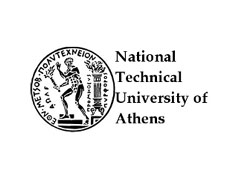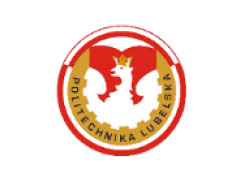Project researchers Emma Söderäng, Saana Hautala and Xiaoguo Storm along with Professor Maciej Mikulski and Professor Seppo Niemi successfully published a journal article that forms as background to the Clean Propulsion Technologies projects WP3 ‘Novel combustion and advanced aftertreatment’ and WP5 ‘Full scale hybrid technology demo’. The work titled ‘Development of a digital twin for real-time simulation of a combustion engine-based power plant with battery storage and grid coupling’ has been published in the prestigious international journal, Energy Conversion and Management.
The motivation behind the research is the need to explore the use of fully physics-based digital twins of power system components, with the ambition for further use when aiming for developing optimized energy management systems (EMS) for engine-battery hybrid power plants. Here, a practical approach is explored by building a component-level digital twin of a power system by modelling the Vaasa Energy Business Innovation Centre (VEBIC) engine research platform and creating a virtual twin of the platform.
Digital twins are already being developed and used for several purposes but one observation is that most power system digital twins either omit or simplify the combustion engine and this hinders the development of advanced EMS using the model-based control design approach. The lead author, Emma Söderäng says, “State-of-the-art combustion engines have highly non-linear behaviour and this fact makes the physics-based engine element a crucial part for realizing this kind of optimized coordinated engine-battery storage power plant control that also could incorporate predictive control possibilities”.
The paper presents real-time simulation capable power plant component models. However, the missing step that requires further research is to achieve real-time simulation capability for the whole combined engine-battery storage power plant system. “The main challenge in this research was to find a suitable compromise between accuracy and simulation speed for the models, since a too detailed model which would provide excellent accuracy would be too computationally heavy for real-time simulations. Another challenge in realizing this kind of interdisciplinary field of research was that both engine and electrical engineering experts need to understand each other and the links between the different elements” says Söderäng.
The real-time simulation capable engine model was presented as a fast-running model (FRM) that proved to be accurate to within 5% of the real engine in performance parameters. The real-time simulation capable electrical component model which consisted of the main components generator, frequency converter and battery storage system proved excellent real-time simulation behaviour while also showing an excellent accuracy for the generator alone and accuracies mostly within 5 % for the other measuring points. Furthermore, the combined engine-electrical model gave accuracies within 4% and 8% of the respective measured generator and frequency converter outputs in desktop simulation.
Ultimately, this research is another step towards realizing advanced coordinated model-based design control strategies for hybrid engine and battery storage power plants. Furthermore, the work with reaching a fully functional combined engine-battery storage real-time simulation capable model will continue within the University of Vaasa.
The article can be found in either:
- https://doi.org/10.1016/j.enconman.2022.115793
- https://cleanpropulsion.org/arkistot/publication/development-of-a-digital-twin-for-real-time-simulation-of-a-combustion-engine-based-power-plant-with-battery-storage-and-grid-coupling




















